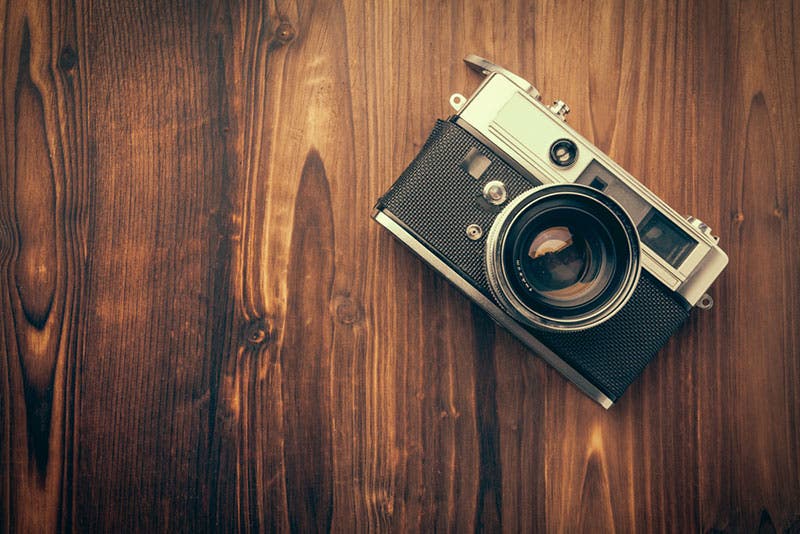Most people take photos on their phones and their cameras. Some of those people are talented photographers who can take photos that tell a story. However, professional photography is a whole different world, with its own rules and tips that beginners should know before entering the field.
In this article, we asked Eugene Bernshtam for some tips on professional photography. He is a professional photographer who specializes in events and product photography.
1. Study the theory of photography
There are many books written on this topic that will help learn the rules. The more you know about them, the better your photos will be.
2. Go to different photo exhibitions
This will help you acquaint yourself with other professional photographers. Also, go to the local library and search out relevant books for your type of photography (landscape, architecture, still life, etc.).
3. Use a camera at least twice the minimum focal distance of the lens
To use this tip, you need to know the minimum focal length of your lens. For example, if you have a 35mm lens, use at least 70mm or higher. This can help maximize the depth of field and reduce unwanted objects in the photo.
4. Increase white balance to take better photos on cloudy days
If your camera’s white balance is set to “cloudy,” you will get warmer photos (increased yellow and red). The opposite is true if your camera’s white balance is set to “sunny.” This tip can help create better exposure for your photos.
5. Always have a source light when photographing people
It doesn’t need to be strong light, but it should give even illumination across the face. Otherwise, your photo will come out too dark or too bright.
6. Take multiple shots
This is particularly important when photographing people. The more you take, the better chance you have in getting a great and natural shot that looks like it was taken by chance and not with a tripod in sight.
7. Get to know your camera
This tip is especially useful for beginner photographers. While it’s not necessary, it will make your life easier when attempting to take professional photos. In addition, knowing the buttons and what they do will help speed up post-processing in post-production software.
8. Always shoot in RAW
Shooting in JPEG format locks in your photos and limits your options when post-processing. On the other hand, shooting in RAW will give you the freedom to edit your photos, making them look even better than the original shot.
9. Master the use of natural light
This is a great opportunity for beginners to practice their skills and learn how light works (shadow, reflection, etc.). But, unfortunately, it’s also very difficult to master due to its unpredictability.
10. Use a tripod or a monopod when possible
Using these helps minimize blurriness, which will make your photos look professional. Unwanted blurriness is common for beginner photographers who are still learning how to take non-blurry photos, so using this tip will help greatly in avoiding that.
11. Focus on light and shadows
Light, shadow, and reflection all play a vital role in photography. Learning how to recognize them will help you take better photos.
